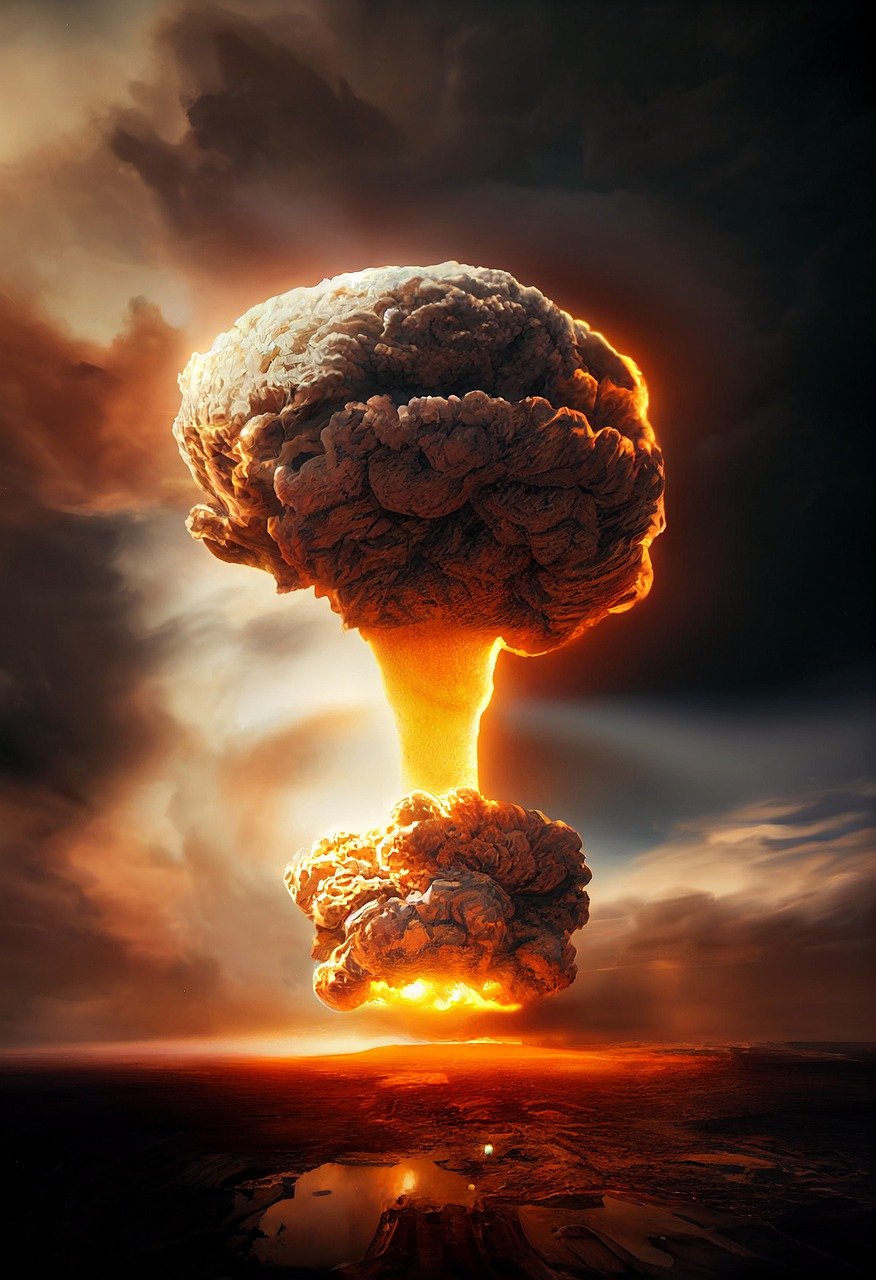The Cuban Missile Crisis (1962)

In October 1962, the world teetered on the brink of nuclear war during the Cuban Missile Crisis. U.S. spy planes discovered Soviet missile bases in Cuba, a mere 90 miles from American shores. President John F. Kennedy opted for a naval blockade and demanded the removal of these missiles, sparking a tense standoff. As days passed, global anxiety soared, with the specter of nuclear conflict looming large. In a dramatic turn, backdoor negotiations led to a resolution: the U.S. secretly agreed to remove its missiles from Turkey if the Soviet Union withdrew its Cuban arsenal. This episode underscored the thin line between peace and peril and the crucial role of diplomacy in defusing crises.
The Y2K Scare (1999-2000)

As the new millennium approached, the Y2K bug threatened to wreak havoc on computer systems worldwide. Many feared that when the date flipped from 1999 to 2000, computers would malfunction, causing chaos in sectors like banking, transport, and utilities. In response, billions were spent to avert potential disaster. As the world watched the clock strike midnight on December 31, 1999, the much-dreaded chaos failed to materialize, thanks to the extensive preparations. The Y2K scare serves as a testament to the dual-edged nature of technology, which can both empower and endanger humanity.
The 1973 Oil Crisis

The 1973 Oil Crisis erupted when OPEC imposed an embargo in retaliation for U.S. support of Israel during the Yom Kippur War. As oil prices soared, nations grappled with fuel shortages and economic instability. This crisis exposed the world’s heavy reliance on oil and highlighted the vulnerabilities in global supply chains. Conservation efforts and the push for alternative energy sources helped stave off immediate collapse. This event catalyzed a shift towards energy independence and spurred exploration in renewable energy, emphasizing the need for sustainable solutions.
The 1983 Able Archer Incident

In November 1983, NATO’s Able Archer military exercise inadvertently brought the world to the brink of nuclear conflict. As NATO simulated a nuclear war scenario, the Soviet Union misinterpreted it as a genuine threat, escalating tensions dramatically. The world came perilously close to disaster until intelligence analysts realized the misunderstanding, defusing the situation. This near-miss highlights the dangers of miscommunication, especially when tensions are high, and the importance of maintaining clear communication channels between nations to prevent catastrophic misunderstandings.
The 2003 Invasion of Iraq

The 2003 U.S.-led invasion of Iraq, premised on the alleged presence of weapons of mass destruction, remains a contentious chapter in modern history. The absence of such weapons cast doubt on the invasion’s legitimacy and its destabilizing potential in the Middle East. The conflict led to massive loss of life and the rise of extremist groups like ISIS, underscoring the far-reaching consequences of military interventions. This episode serves as a reminder of the need for prudent decision-making and a thorough examination of the potential repercussions of military actions.
The 2011 Fukushima Disaster

In March 2011, Japan faced a catastrophe when a massive earthquake and tsunami triggered the Fukushima Daiichi nuclear disaster. The natural calamity crippled the plant’s power and cooling systems, leading to core meltdowns and radioactive leaks. While the crisis was eventually contained, it raised global concerns about nuclear safety and the potential for catastrophic failures. Many nations revisited their nuclear policies, and there was a renewed emphasis on alternative energy sources, highlighting humanity’s need to learn from such disasters to prevent future occurrences.
The COVID-19 Pandemic (2020)

In 2020, the world was gripped by the COVID-19 pandemic, as a novel coronavirus spread rapidly, disrupting lives and economies. Governments implemented lockdowns, travel bans, and social distancing to curb the virus’s spread. The pandemic underscored the interconnectedness of global health and economies and the vulnerabilities inherent in such connections. Despite the dire threat, the rapid development and distribution of vaccines showcased human ingenuity and collaboration. This global health crisis serves as a stark reminder of the need for preparedness and resilience in the face of unforeseen challenges.
The 2017 North Korea Missile Threat

In 2017, North Korea’s missile tests, including those of intercontinental ballistic missiles, heightened global tensions. The aggressive rhetoric between North Korea and the U.S. fueled fears of a potential conflict. However, diplomatic engagements, including high-profile summits, eventually helped de-escalate the situation. This episode illustrates the delicate balance of power in international relations and the potential for diplomacy to prevent disaster, emphasizing the importance of negotiation and peaceful resolution over confrontation.
The 2020 U.S. Presidential Election and Capitol Riot

The 2020 U.S. presidential election was marred by deep polarization and rampant misinformation. Following the election, the Capitol was stormed on January 6, 2021, by a mob seeking to overturn the results, shaking the foundations of American democracy. The event highlighted the fragility of democratic institutions and the potential for violence fueled by misinformation. While the immediate threat was contained, the incident underscored the importance of safeguarding democratic processes and promoting civic engagement to preserve the integrity of democracy.
Climate Change and Natural Disasters

Climate change poses a grave, long-term threat to humanity, manifesting in extreme weather events, rising sea levels, and biodiversity loss. While its impacts may seem gradual, the cumulative effects could lead to widespread displacement and resource conflicts. International agreements like the Paris Accord emphasize the urgency of collective action to mitigate climate change’s effects. Humanity’s resilience and ability to innovate in response to these challenges offer a glimmer of hope, underscoring the need for concerted global efforts to address this existential threat.


